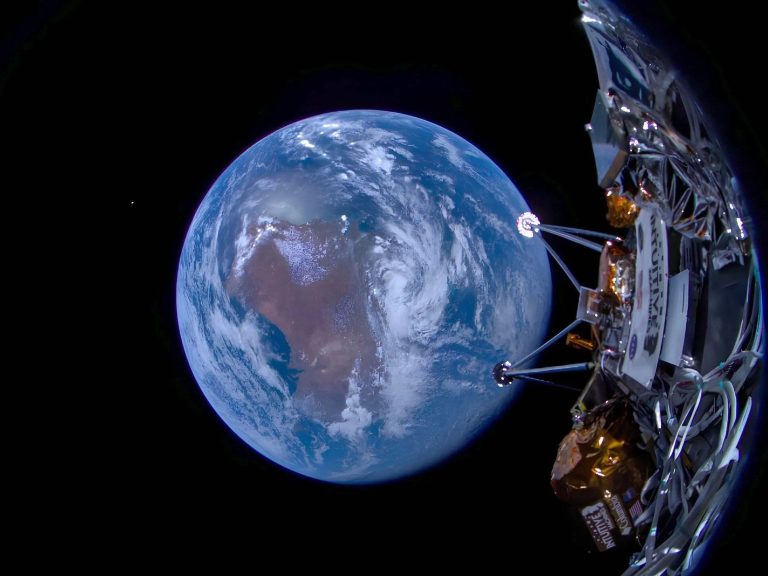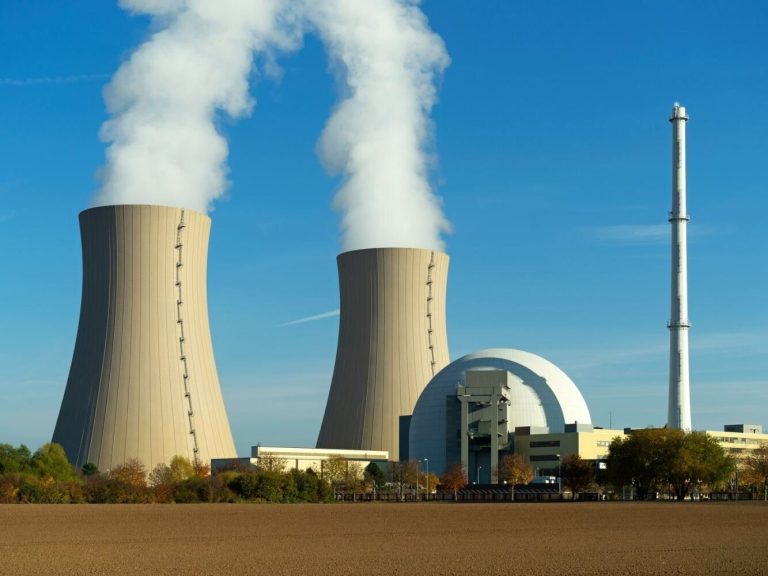Ernest Malinowski undertook a task so bold that hardly anyone believed in its success

The idea of building the highest railway in the world in the wild Andes evoked an ironic smile from European commentators. Who would dare to do such a thing is ridiculous, wrote the newspapers of the time. And the person who believed in the success of the project was Ernest Malinowski from Volhynia. In the mid-1850s, he went to Peru to fulfill a several-year contract – and never returned to Poland.
Traveling – whether by car or train – along inaccessible routes, we admire the views and many of us ask ourselves how it happened that it was possible to build a decent road or railway route high in the mountains. While today construction companies have modern equipment at their disposal, 150 years ago the sentence was much more breakneck, and workers worked with the knowledge that the smallest mistake could lead to a fatal accident.
And yet, bridges, viaducts, railway tracks and roads were built in seemingly the least favorable places. Behind one of these engineering marvels stands a Pole, Ernest Malinowski.
Ernest Malinowski forced to emigrate
The engineer, who built his life’s work in the highest mountains of South America, spent his childhood in a completely flat area – in Volhynia. He was born in 1818 in a noble family as the son of Jakub Malinowski, an officer in the army of the Duchy of Warsaw, and Anna Świejkowska, daughter of the Podolia voivode. At that time, Poles were strongly repressed by the Russians, and participation in patriotic activities was punishable by sanctions. The Malinowski family supported the November insurgents, so after the fall of the uprising, Ernest, his father and oldest brother had to leave the country. They emigrated to Paris – which was the most natural direction at that time.
The teenager had to stop studying at the prestigious Krzemieniec High School – the most famous school in the region, founded in 1805 by Tadeusz Czacki and Hugo Kołłątaj. He continued his studies in Paris at the State Roads and Bridges School, which he graduated with honors. After completing his education, he took a job as a civil engineer and carried out projects in Algeria and France.
He climbed the career ladder and in 1852, in Paris, he signed a six-year contract with the government of Peru – a poor, peripheral country with no road network, not to mention railway tracks. Taking up a job in such a place, you have to take into account the risk of failure caused by a combination of unfavorable circumstances, but you can also achieve unexpected success. Did Malinowski take the first script into account? There was not much time for doubts: three months after finalizing the contract, he arrived in Lima, where he was to work on the design of road and rail infrastructure.
European engineers build Peru’s economy
And where did the idea for a European sail across the Atlantic to develop infrastructure in poor Peru come from? It was probably caused by President Ramon Castillo, who watched how fast Europe was developing in the second half of the 19th century and hoped that bringing engineers from the Old World would stimulate the economic development of his country.
After arriving in Latin America, Malinowski took the position of a government engineer. One of his tasks was to develop a railway that would run through the Andes. The task is not only ambitious, but above all creative and requires the use of unconventional solutions. The highest elements of the planned section lie at an altitude of 4,579 meters above sea level. 62 tunnels with a total length of almost 6,000 meters are planned along the route, which is less than 220 kilometers long. The longest tunnel is 1,200 meters long, with almost 50 bridges and viaducts.
The Trans-Andean Railway was established to connect Lima with the mineral-rich Cerro de Pasco region and the fertile Jauja Valley, and enable the transport of wealth from the mountainous regions to the port of Lima.
The most famous and, after many years, the most photographed section is the Verrugas Viaduct built in 1872, connecting the banks of the gorge of the same name. It is based on three pillars made of steel trusses, the highest of which is almost 77 m high.
The mockery of Europe
I don’t think anyone except the investor and the management team believed in the success of the project. Foreign newspapers wrote about the railway construction plans in the category of curiosities, some kind of curiosity that could only have been born in the heads of politicians who had never been to the “civilized” world and do not know what well-made railway connections look like.
Despite this, work began on January 1, 1870. The first part of the route, connecting the port of Callao and the city of Chinola, was put into operation 8 years later. Another section, completed in 1893, led as far as the city of La Oroya. Thus, the railway line measured 218 kilometers and broke a record in its category: no other line ran so high above sea level.
In order to run the railway, workers in life-threatening conditions, contrary to any current health and safety rules, cut ledges in solid rock, formed embankments of sand brought from the coast, threw bridges over chasms.
Financial problems stopped construction
The investment was financed by the American Henry Meiggs, and the Peruvian government also contributed. Engineers from British, French and American companies stood at the drawing tables – there were also representatives of Gustave Eiffel’s company.
The works proceeded surprisingly smoothly and there was hope that all sections would be completed as planned, but in 1874 the specter of bankruptcy weighed on the project. The new president of Peru, Manuel Pardo, understood the sense of the investment started by his predecessor, but he had to stop financing it. Devoted to the project, Malinowski gave up his salary to relieve the company, but it was of little use. At that stage, Ferrocarril Central Trasandino managed to lead only to the town of Chicla (141 kilometers), to the then highest railway point in the world – Ticlio (4818 meters above sea level). This section was put into operation in 1878.
Engineer, teacher, Pole
For Ernest Malinowski, Peru has become not only a place where a bold project will be carried out, but also a home. He taught at the local university, designed and supervised the construction of defensive fortifications in the port of Callao, as there was a real threat of open conflict with Spain, and also actively participated in the defense of this city, for which he was listed on the honorary list of the victors of the battle of May 2, 1866. Thus, he became a national hero of Peru. Although in 1880 he moved to neighboring Ecuador, where he worked for 6 years, but after that time he returned to continue work on the next sections of the Trans-Andean Railway.
Ernest Malinowski always emphasized that he was Polish. On projects, he often added “Pologne/Polonia” next to his name.
The engineer did not live to see the end of the construction of the railway route. At the end of his life he suffered from heart disease. He died on March 2, 1899 of a heart attack. He was buried in the Presbitero Maestro Cemetery.
On the 100th anniversary of Malinowski’s death, a monument was erected on the Ticlio Pass. In the granite brought all the way from Strzegom in Lower Silesia, the emblem of Peru and Poland was engraved, as well as an inscription in two languages - in Spanish and Polish: “Polish Engineer, Peruvian Patriot, Hero of the defense of Callao 1866, designer and builder of the Central Trans-Andean Railway”.
After Malinowski’s death, the expansion of the railway continued. The last section was completed in 1908, when the trains reached Huancayo.






